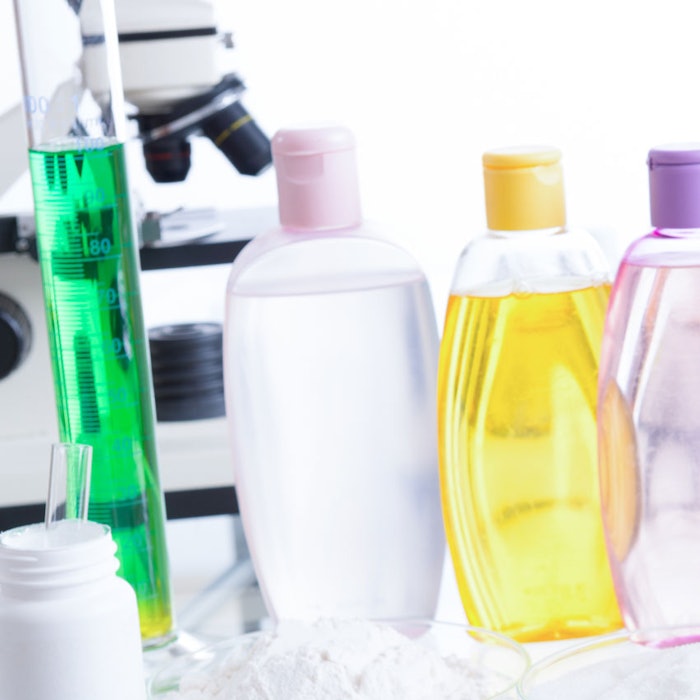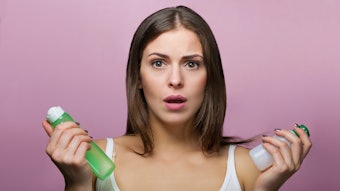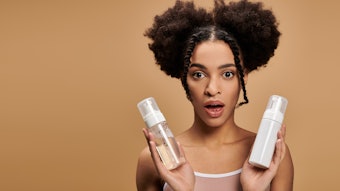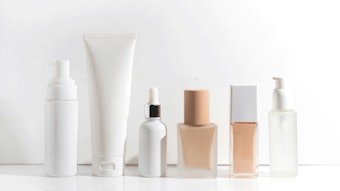
A new review by Kwa et al., of the Northwestern University Feinberg School of Medicine in Chicago, surveyed the data file of the U.S. Food and Drug Administration's (FDA's) Center for Food Safety and Applied Nutrition (CFSAN) on adverse events reported from cosmetics. This included all voluntary submissions by consumers and health care professionals between 2004 and 2016. The goal, according to the article, is to inform future policy-making.
Results of the survey were published online in the Journal of the American Medical Association (JAMA) Inter Med. Although the authors note deficiencies in the data collected, which are reiterated in a related editorial comment by Califf et al., in the end, both reports call on the industry for better safety surveillance and suggest FDA oversight.
The Survey
The survey by Kwa et al. categorized adverse events by FDA-designated product class. The authors collected self-reported outcomes and used a statistical formula to estimate confidence intervals,along with a logistic regression model to compare the proportion of serious adverse outcomes for each product class with the global average.
From 2004 to 2016, a total of 5,144 events were submitted, averaging 396 events per year. From 2015 (n = 706) to 2016 (n = 1,591), an increase in adverse events was noted. The three most commonly implicated products were hair care (n = 1,805), skin care (n = 1,148) and tattoos (n = 388)—note the report did not indicate whether tattoos were temporary or permanent.
The authors concluded better cosmetic surveillance is required given the ubiquity and lack of a pre-market approval for these products. They add the data suggests consumers attribute a significant proportion of serious health outcomes to cosmetics, although limitations to the present analysis were identified.
Survey Limitations
First, the authors highlight a lack of causality determination for the adverse event reports. In addition, all health outcomes were self-reported and demographic information was limited to sex and age; additional data on simultaneous medical treatments or product use could be relevant. Finally, reports from consumers vs. health care professionals could not be distinguished.
The related editorial comment also noted the above deficiencies and reminded readers that any substance applied to or in the body can cause harm, given the right circumstances. But it posed the question: "For products that largely are very low-risk, can we depend on the less costly, less burdensome system of spontaneous adverse event reporting (passive surveillance) to guide policies and regulation of individual products?"
Passive Surveillance: A Commetary
According to Califf et al., only a small fraction (< 10%) of adverse events are reported to regulatory authorities even when such reporting is required. So there is no credible way to calculate a valid denominator or understand how many events were not reported—this is not to confuse the absence of evidence with evidence of absence (of adverse events).
In relation he writes, "History has repeatedly shown that when there is insufficient regulatory oversight, a few unscrupulous people or companies will exploit the vulnerable public for profit." Although in some cases, market forces may correct such lapses when consumer products are involved, what's the best answer? Califf et al. propose FDA oversight.
FDA Oversight
How might FDA oversight work? According to Califf et al., first (don't laugh) it would require Congress to provide the FDA with an adequate budget to fulfill its existing responsibilities toward the safety of cosmetics. Second, Congress should require manufacturers to register marketed products. While the FDA has a voluntary registration system for cosmetics, without mandatory registration, the agency has no way to determine the universe of products to which consumers are exposed.
"Absent such data, the FDA’s task of discerning important safety signals with passive surveillance alone is prohibitively difficult," Califf et al. write.
Finally, by borrowing innovations developed for the surveillance of drugs and devices, the oversight of cosmetics can be modernized "without creating an inappropriately burdensome regulatory process," the authors add. Granted, cosmetics are not viewed in the same light as drugs and devices, but could this change?
Cosmetic product safety is not something the industry takes lightly, as a recent podcast explained. Yet, the more "functional" and advanced products become, the more one might question to what standards they should be held. It's certainly a new question of cosmetovigilance for a new generation of products—and one the industry must face.










